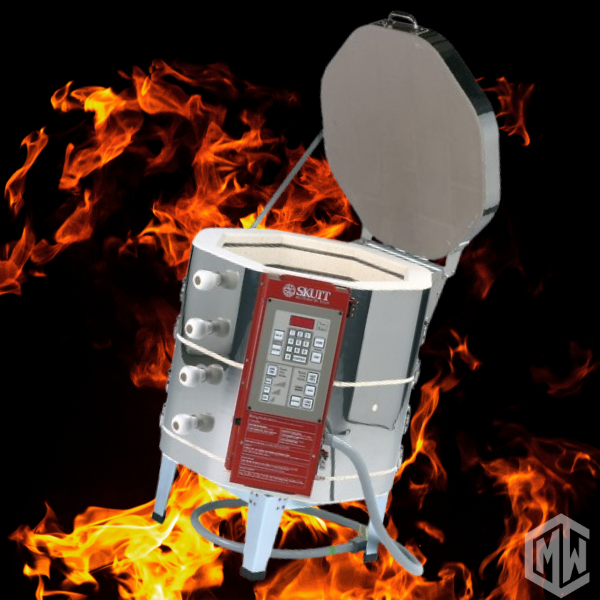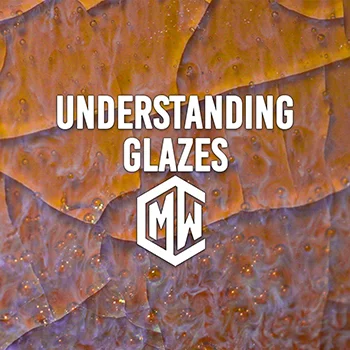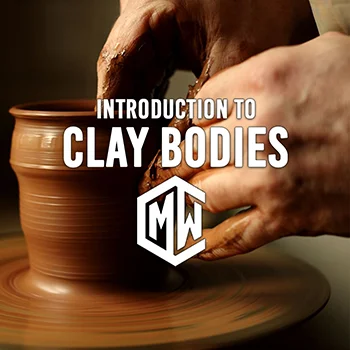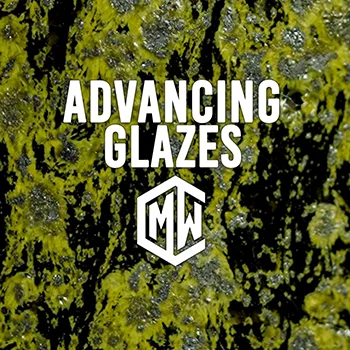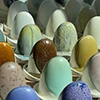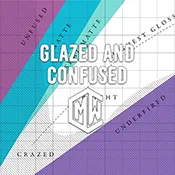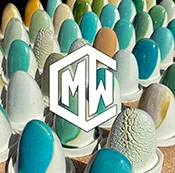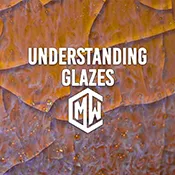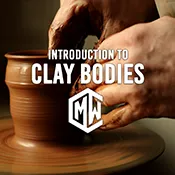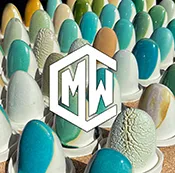Electric kilns have revolutionized the world of ceramics, offering a convenient and controllable way to fire your creations. In this blog, we’ll explore the ins and outs of electric kilns, drawing insights from Freddy Fredrickson, a kiln expert with 36 years of experience, as featured on the “For Flux Sake” podcast.
“Wait- I want to know EVERYTHING about kilns!” Check out CMW’s blog where we have a kiln series specifically for YOU!
What is an Electric Kiln?
Freddy’s deep dive into their history, evolution, and undeniable advantages speaks volumes. This guy knows kilns, and the sheer detail he goes into about the controllability and efficiency of modern electric models, especially those with fancy ramp controllers, practically screams his approval.
Think of an electric kiln as your high-tech oven for pottery. Instead of gas flames, it harnesses the power of electricity to generate the intense heat needed to transform clay and melt those gorgeous glazes.
Back in the early 20th century, clever folks figured out how to make these kilns way more efficient using lightweight insulating bricks and those cool heating wires called nichrome. Fast forward to after World War II, and innovators like the brilliant RK Skutt even designed systems for crafting round kilns.
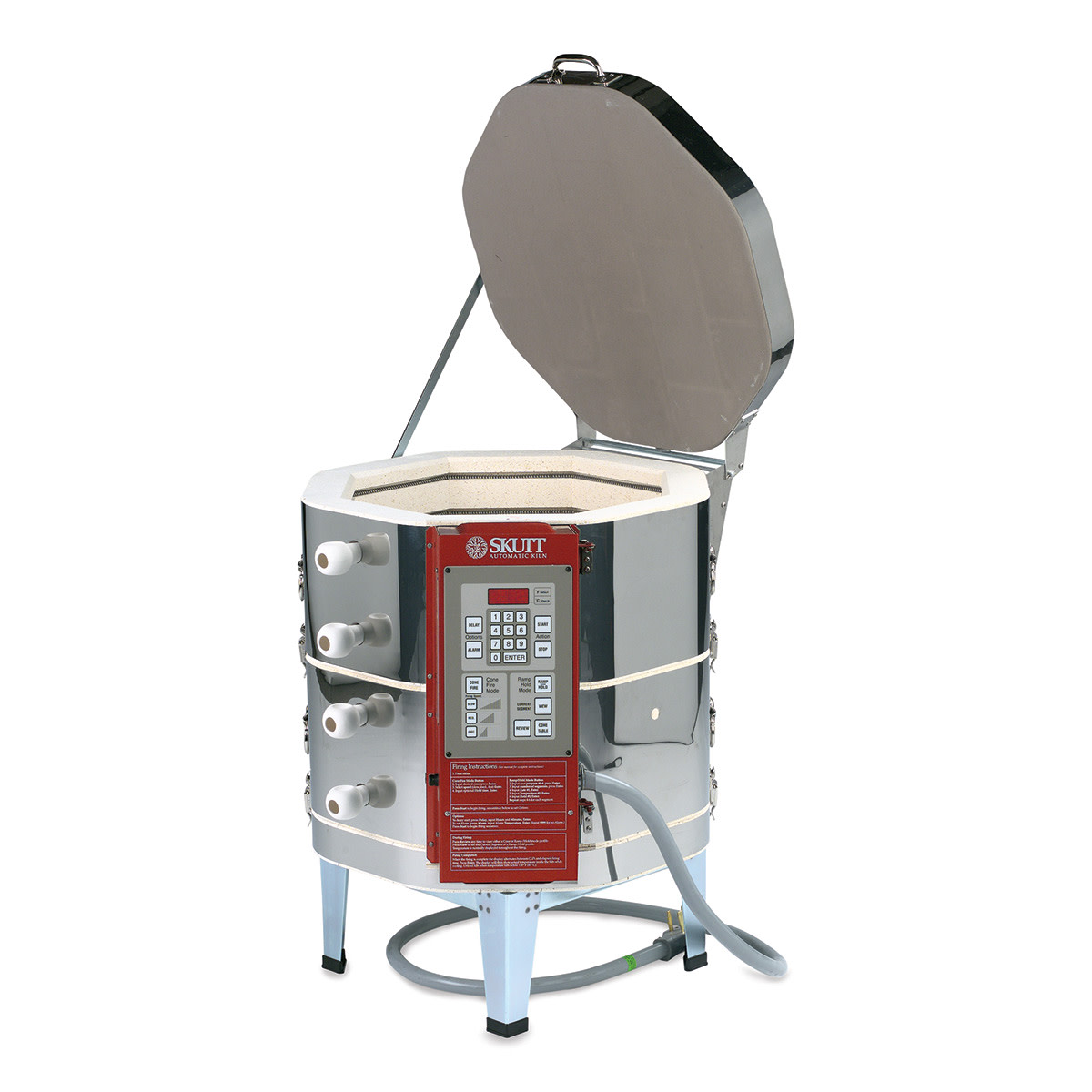
(Skutt KM Series Kilnmaster Automatic Kiln – KM-818, Cone 10, 240V, 1P, 26.7A)
Today’s electric kilns are seriously smart, often boasting multiple “eyes” (that’s thermocouples for you techies!) and vent controls, giving you superhero-level precision over your firing temperatures.
Electric kilns are user-friendly, providing consistent temperatures and are designed for easy shipping.
He elaborates on the transition from rudimentary heat control methods to sophisticated, affordable modern controllers. These controllers offer features such as multiple thermocouples for even heat distribution and vent control for managing the kiln atmosphere.
The Importance of Even Heat Distribution
Freddy emphasizes the critical role of even heat distribution for successful firings. He delves into optimal loading techniques, stressing the importance of avoiding uneven packing that can lead to temperature variations within the kiln. And get this – shelves aren’t just for stacking! Freddy explains how they actually help distribute heat more evenly throughout the kiln.
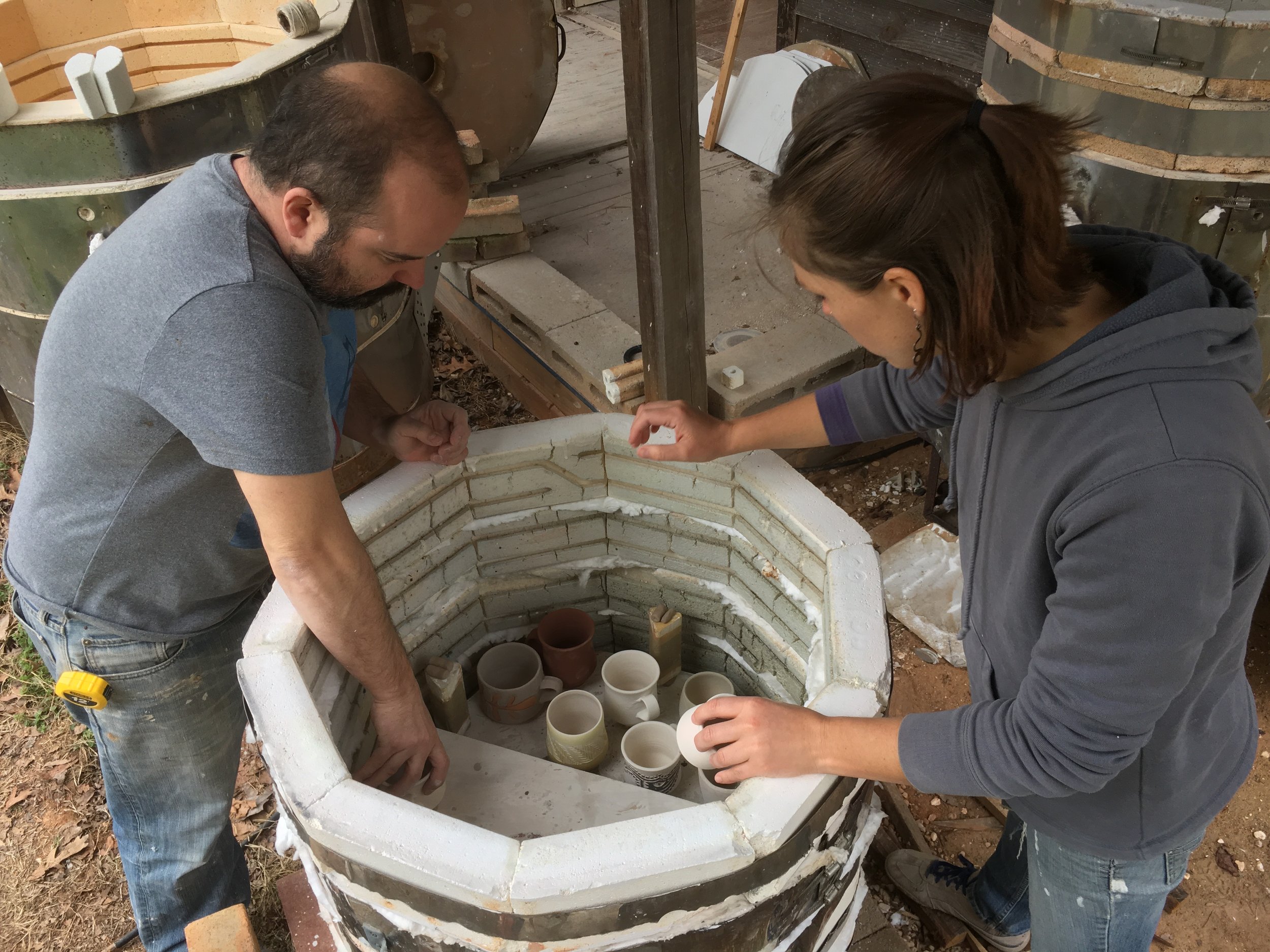
This image is from Kirsten Olson Ceramics’s Blog about Electric Soda Kiln
Pro tip alert! He even mentions the savvy trick of using staggered half shelves for that extra layer of heat uniformity. Noting at higher temperatures (around 800°C), infrared radiation becomes significant. Small objects in the center of a large-diameter kiln may not heat as effectively due to being in a “shadow”.
Kiln Calibration and Maintenance: Ensuring Accuracy and Longevity
Freddy underscores the necessity of proper kiln calibration using thermocouples and cones to maintain firing accuracy.
Accurate calibration is crucial for achieving consistent results and preventing firing errors.
He also discusses the lifespan of thermocouples and advises on their replacement, recommending replacing all thermocouples simultaneously to avoid potential drift and maintain consistent temperature readings. Freddy recommends using three thermocouples to ensure even heating throughout the kiln.
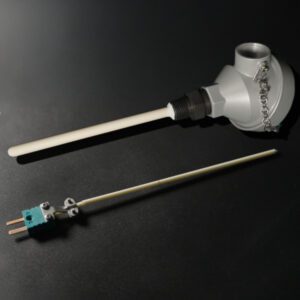
Here is an example of a thermocouple we use at CMW!
He also notes that uneven heating can occur if the kiln is only half-full, with the top heating much faster than the bottom. Using a full stack of shelves, even with only a few items, can help distribute heat more evenly. To ensure accurate temperature readings, cones should be placed near the thermocouples. If firing problems arise, placing cones around the kiln can help identify cold spots.
Venting: A Crucial Element for a Healthy Firing
Freddy highlights the importance of venting electric kilns to allow moisture and gases to escape during the firing process. Proper venting is essential for preventing glaze defects and ensuring a clean, healthy firing environment. It allows for the release of water vapor from the clay and gases from the glaze as they undergo chemical changes during heating. However, Freddy himself does not vent his kilns. He references information stating that halogens and salts of alkali metals can be harmful to Kanthal wire, and that sulfur can reduce the wire’s lifespan.
“What is proper Kiln Maintenance, and why is it important?” | Read more from CMW’s Blog here!
Electric kilns offer a reliable and controllable firing environment, and Freddy Fredrickson’s expertise sheds light on their evolution and best practices for their use.
“Wait- I want to know EVERYTHING about kilns!” Check out CMW’s blog where we have a kiln series specifically for YOU!
Hungry for more?
Join Matt as he dives deep into kilns with Freddy Fredrickson, the legendary founder of Fredrickson Kiln Company. For over 30 years, Freddy wasn’t just building kilns at The New York State College of Ceramics at Alfred University, he was perfecting the craft as their master kiln builder. In this first episode of our two-part interview, Freddy shares his remarkable journey. From the evolution of electric kiln technology to filling and firing an even kiln, listen in as he answers some of your burning questions about using your electric kiln.
Watch part 1 of the 2 part series where For Flux Sake Podcast interviews Freddy Frederickson down below!
Ready to dive deeper?
Loved learning about ceramic glazes? Want to go even deeper? Check out our Workshops & Courses, now available in Spanish, or YouTube Channel where Matt breaks it all down, myth-busting and Stull chart included!

